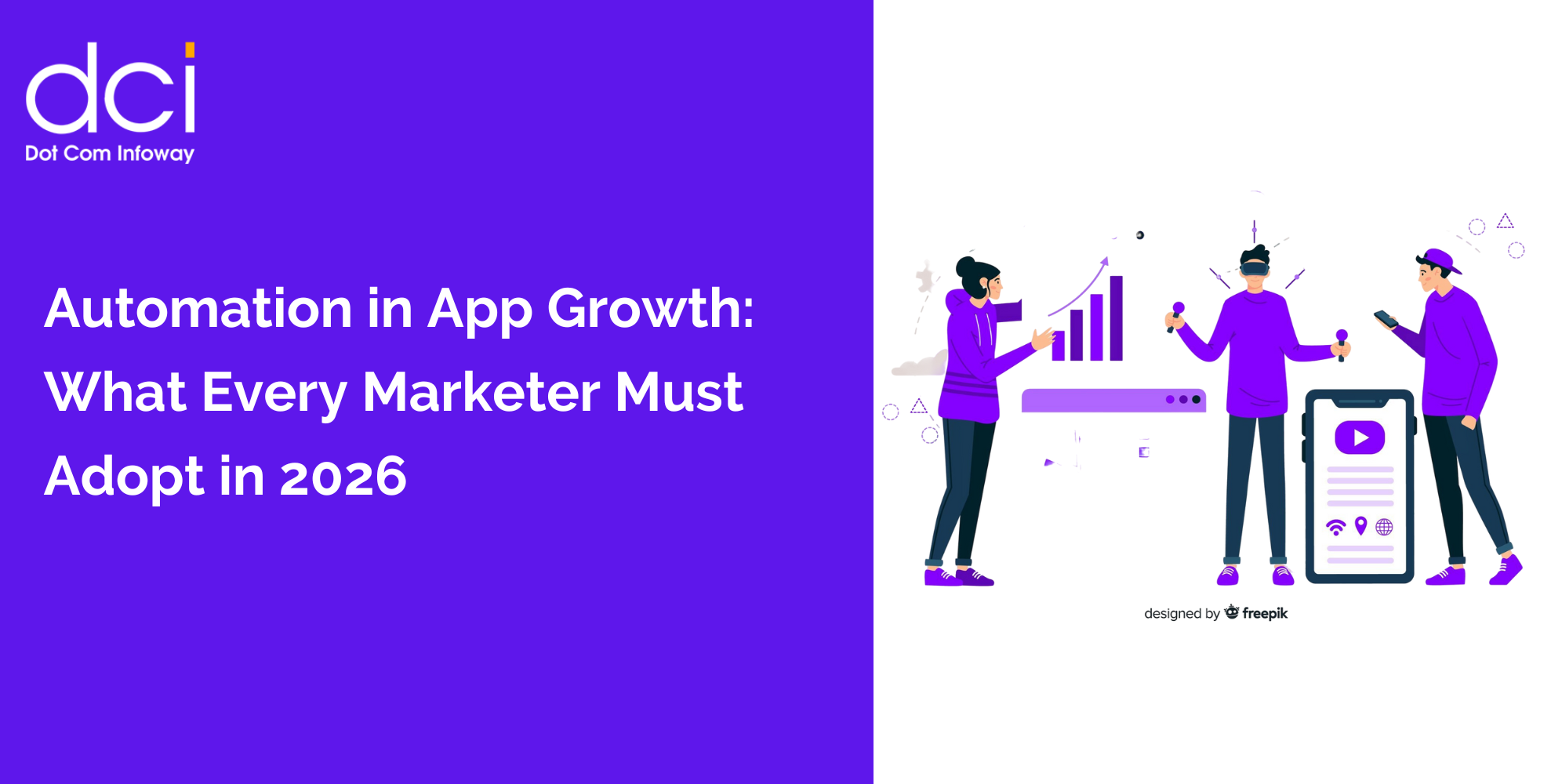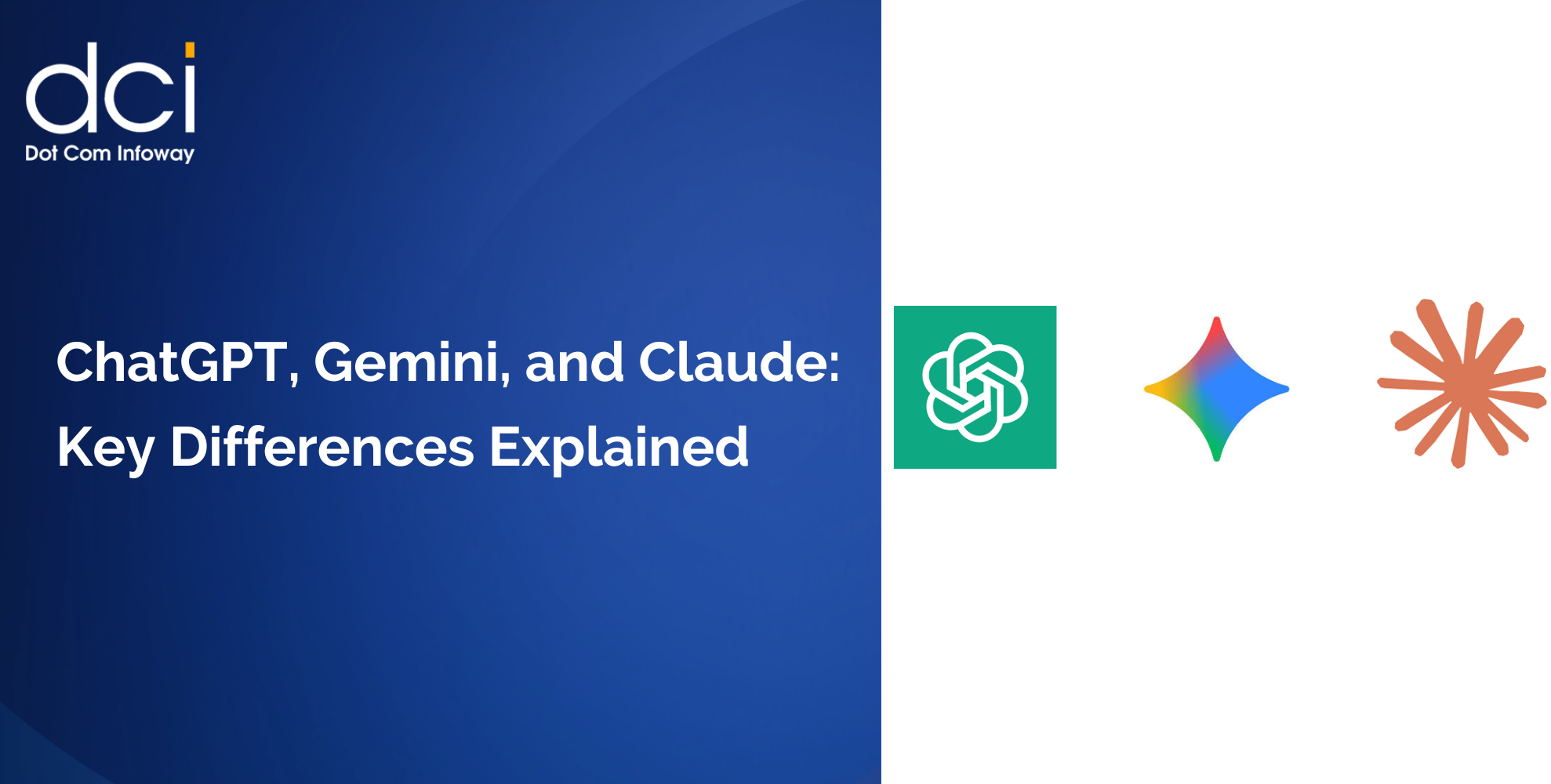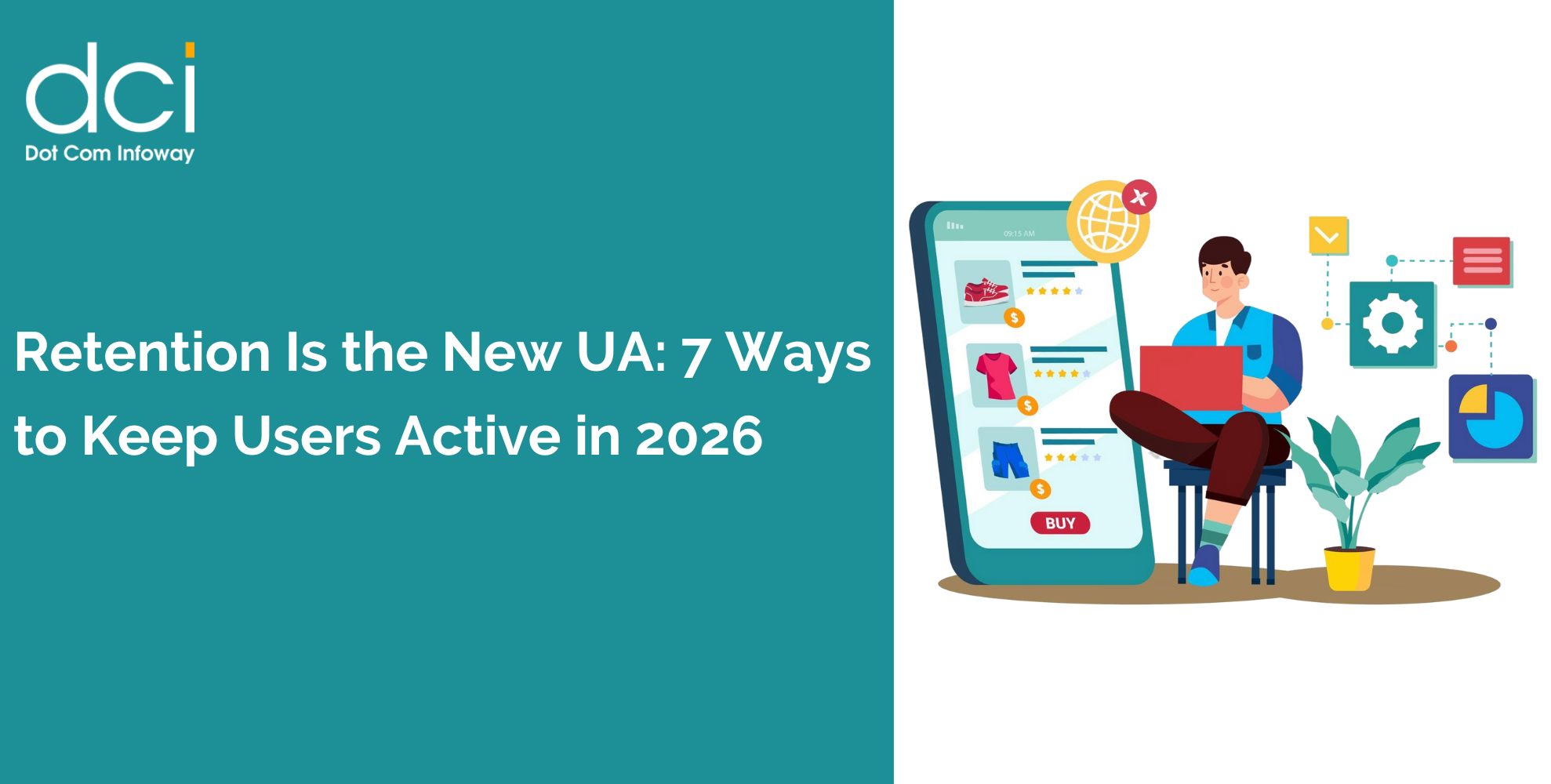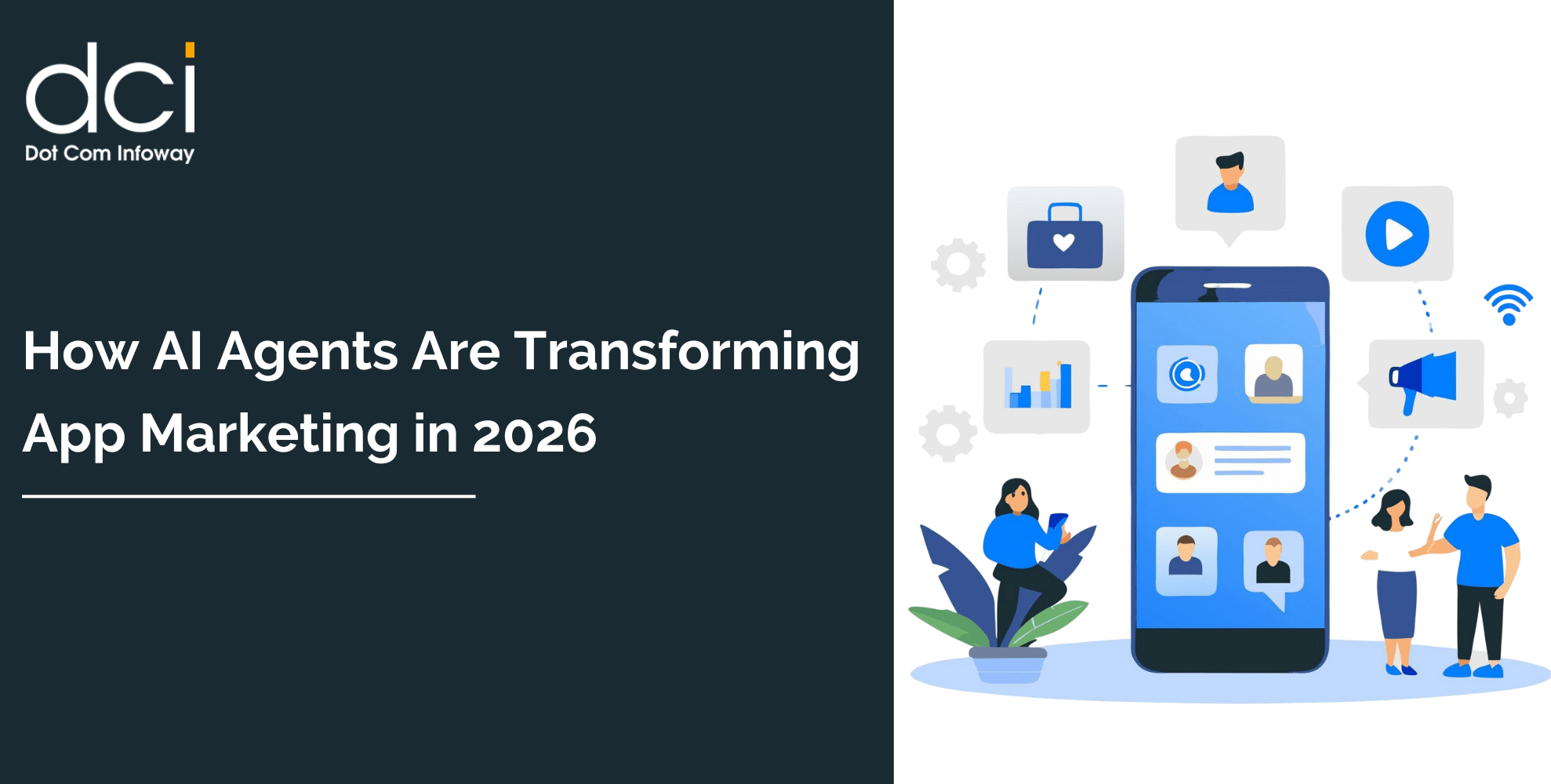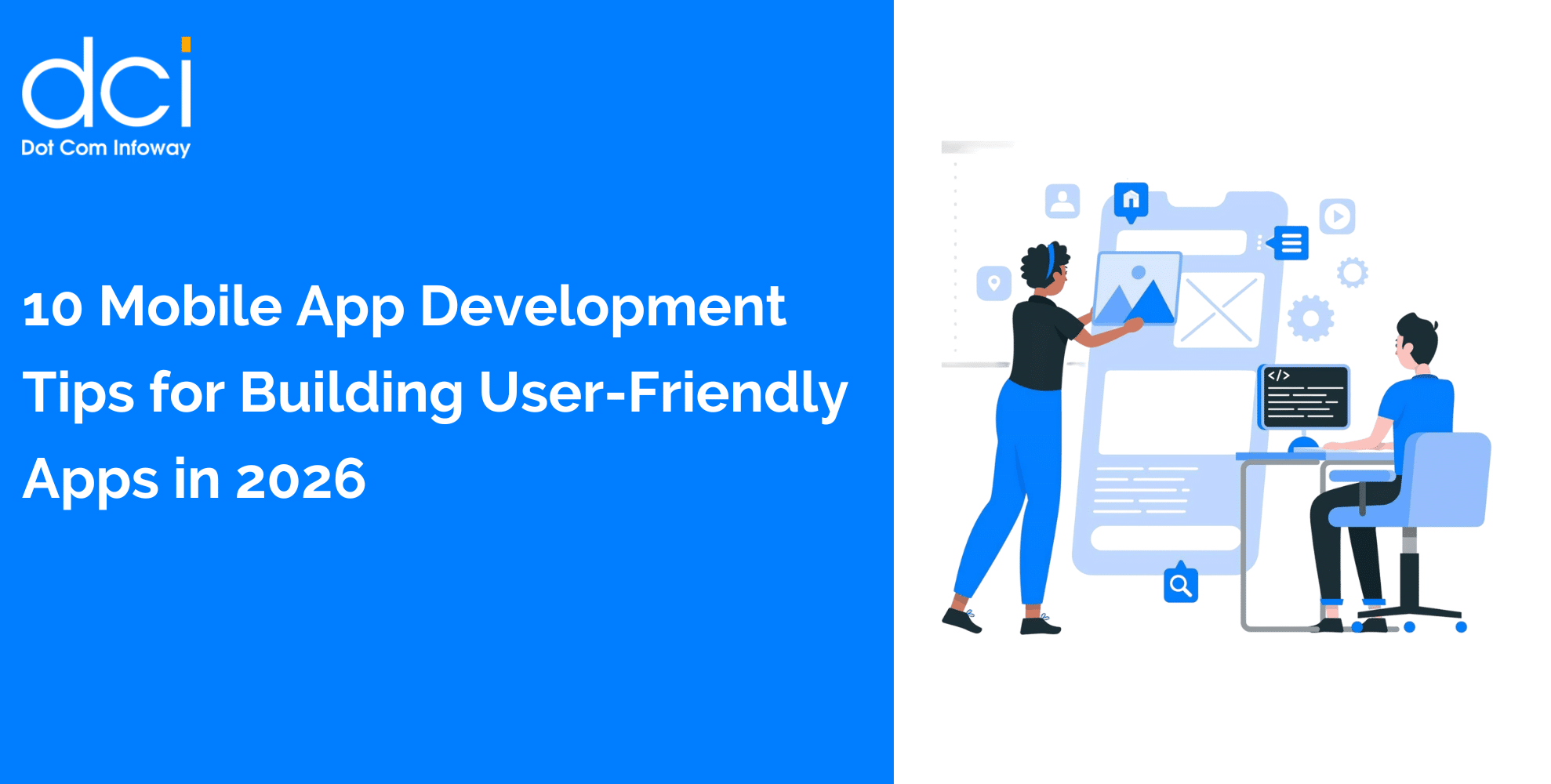2. User Engagement Metrics
User engagement metrics are very important app KPIs. They tell you when, how, where and the ways in which customers engage with your app. These metrics enable you to understand the challenges users face when using your app as well as their satisfaction levels.
Discussed below are some of the user engagement KPIs you can track to measure your app performance.
Session Duration
Session duration is the period of time a user spends in your app. This is measured from the time when a user opens your app to the time they exit. The session duration varies from one app to another depending on what an app is used for. This metric shows how engaging your application is.
The more engaging the content of your app is, the longer the session duration. You can take advantage of user segmentation in this metric to understand which users are spending the most time in your app. This way you can work on increasing such users hence improving your application user engagement.
Session Time
Session time is an essential app marketing KPI used in most media applications and games. This is because tracking session length in such apps can help highlight areas that require improvement. There are times when session duration may increase due to factors like the crashing of the app and its loading time. Proper analysis is therefore required to correct such gaps. This boosts the revenue potential of your app.
Session Interval
Session interval is the period between a user’s first session with an app and their next. Short session intervals suggest that the user is using your app more frequently. This, therefore, shows that users are finding your app to be valuable and hence return to use it. Examining this metric can help you understand why users return to your app and show you areas of value. Besides, they assist in optimizing your app to increase the number of active app users.
Retention & Engagement
It is common for new users to download an app and never return to use it This is usually because of bad user experience with the app. A bad experience with an app drives users away hence adversely affecting the retention rate of an app. Retention is among the biggest challenges facing most mobile apps. Most users usually forsake an application after their initial download if they don’t find it useful. Retention is, therefore, a fundamental metric in measuring performance.
This metric enables you to establish the key features app users want. Providing users with what they need increases user engagement. This also ensures that you create a pool of loyal satisfied users. This highly-engaged user base increases the retention rate of your app. A high retention rate is usually a sign of a quality app and leads to an increase in conversion rates.
3. Revenue Metrics
One of the main reasons for creating an app is to of course make money from it Most mobile app marketers, however, start by focusing on the other app marketing KPIs before moving to revenue metrics. This is because revenue generation is the ultimate goal for most developers. Revenue metrics will tell you how profitable your app is Besides, they show you how the app is generating revenue.
Below are some of the important revenue metrics to measure the performance of your app.
Cost per Acquisition (CPA)
Cost per acquisition refers to the amount you spend to acquire a new active paying customer or user. This may include the cost of advertising on different platforms, technology costs like hosting, fees for designing and developing your app as well as the amount you spend hiring content writers. All these costs are essential in determining the cost of acquiring each user. They also help you to prioritize your marketing. Acquisition cost is obtained as shown below.
- Total Cost of Campaign / Number of Acquisitions = Cost per Acquisition
Abandonment Rate
This refers to the ratio of transactions that take place in the app versus the transactions that are abandoned. Some of the reasons that make users abandon transactions include poor app performance, extended load time, bad user experience just to name a few. The abandonment rate will help you detect the gaps that cause users to abandon your application. This way you can work on those areas hence improve your app performance.
Lifetime Value (LTV)
Lifetime value (LTV) is the amount of revenue you get from a user during their lifetime. This metric is important in determining the value of each user segment. It also enables you to make decisions on how much you should spend to acquire the different users. In calculating the lifetime value, you should consider the churn rate, the customer’s referral value and the abandonment rate for your application.
To ensure you make profits from your mobile app, the LTV should always be higher than the customer acquisition cost. Lifetime also helps you in predicting the revenue your app will bring in the future. You can extend the lifetime value of your users by meeting their needs. The best way to do this is by regularly checking the feedback from users. These can help you to address their needs. Timely response to user’s needs through a responsive customer support also makes your app attractive to users.
Conclusion
There are many important app marketing KPIs and metrics that you can track to maximize your app revenue. You can choose the right KPI and metrics to use on your app. This way you can measure the performance at each stage of development and optimize it to suit your users needs hence maximizing your app revenue.
Related Articles:



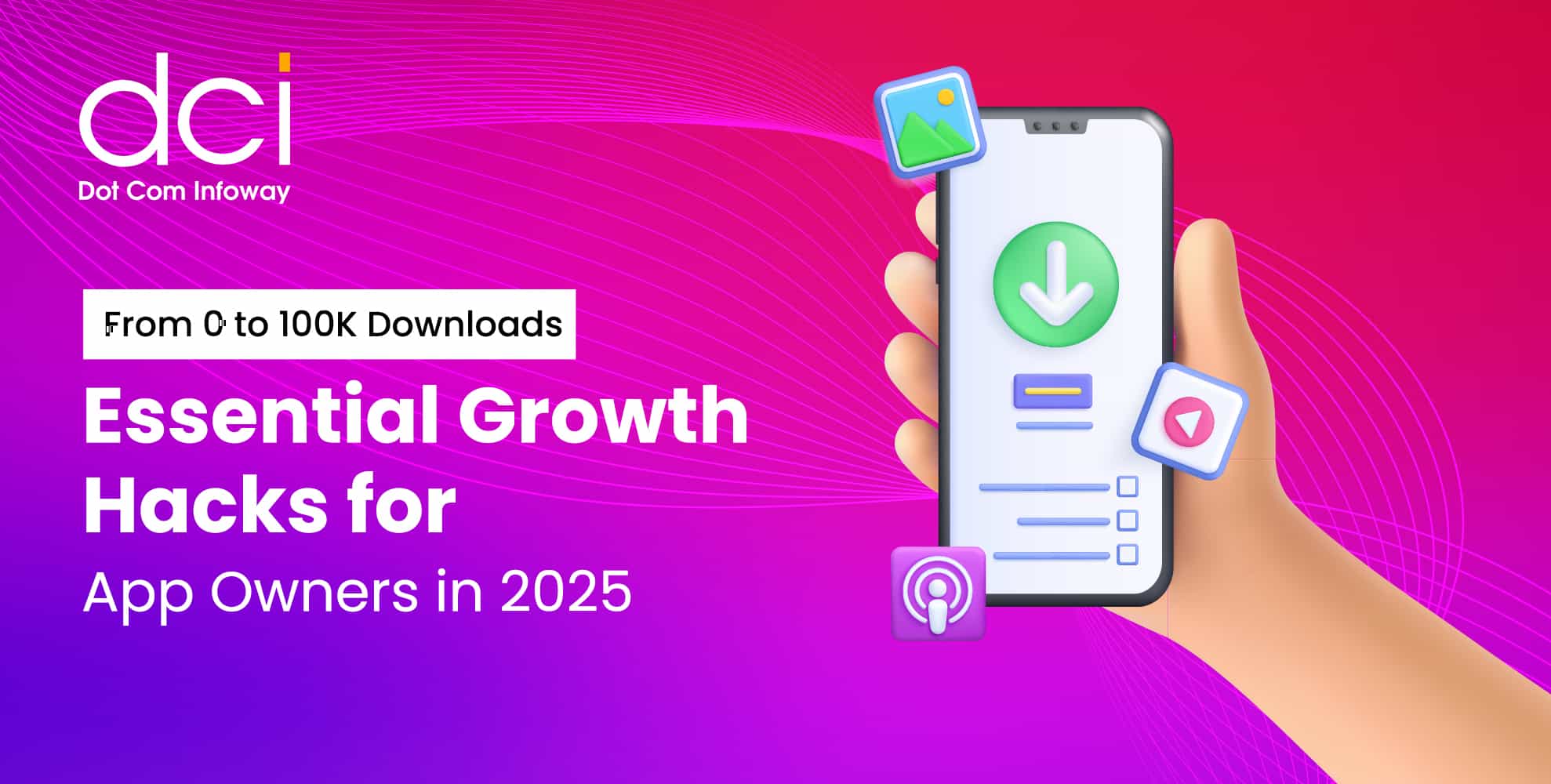

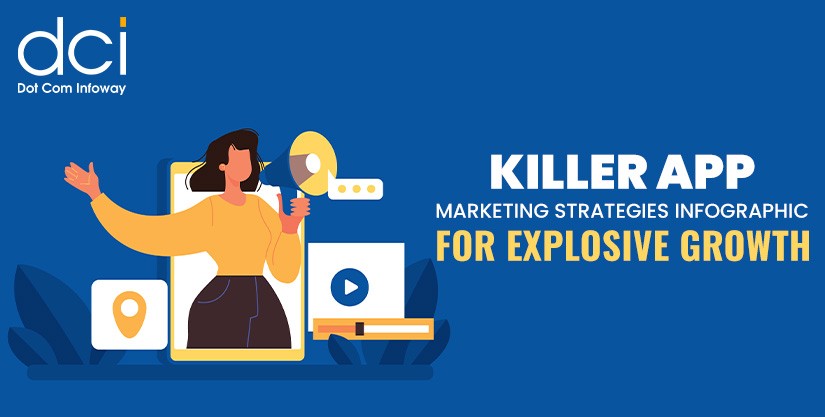

![The Game Marketing Guide: Pre and Post-Launch Strategies [Infographic]](https://www.dotcominfoway.com/wp-content/uploads/2023/09/DCI-Game-Marketing-blog-1.jpg)

